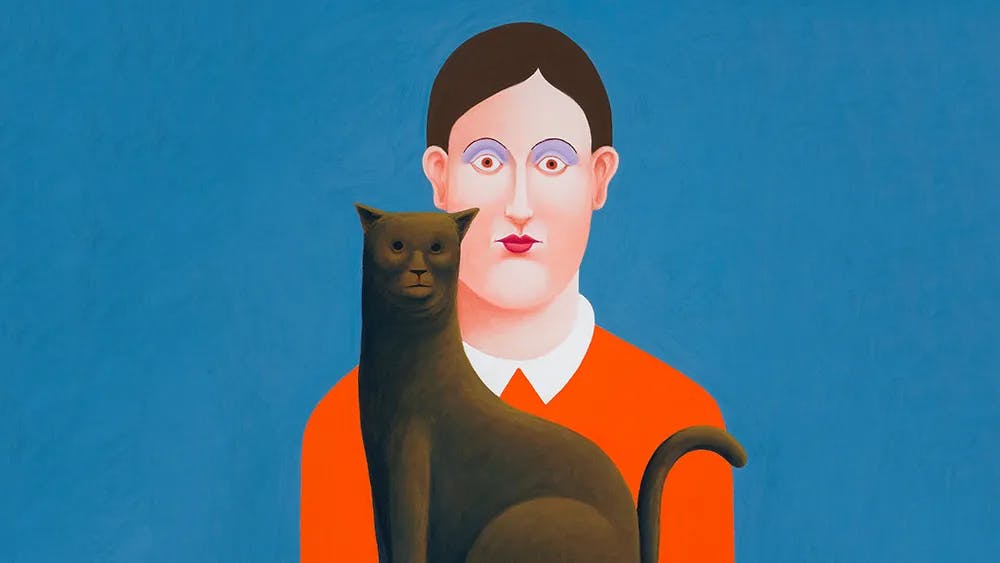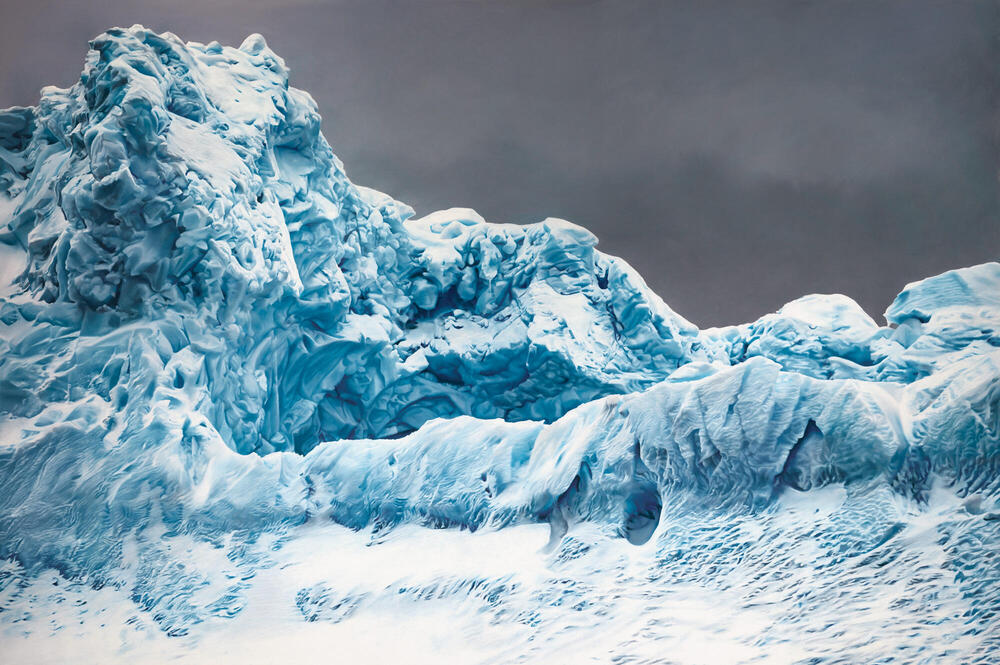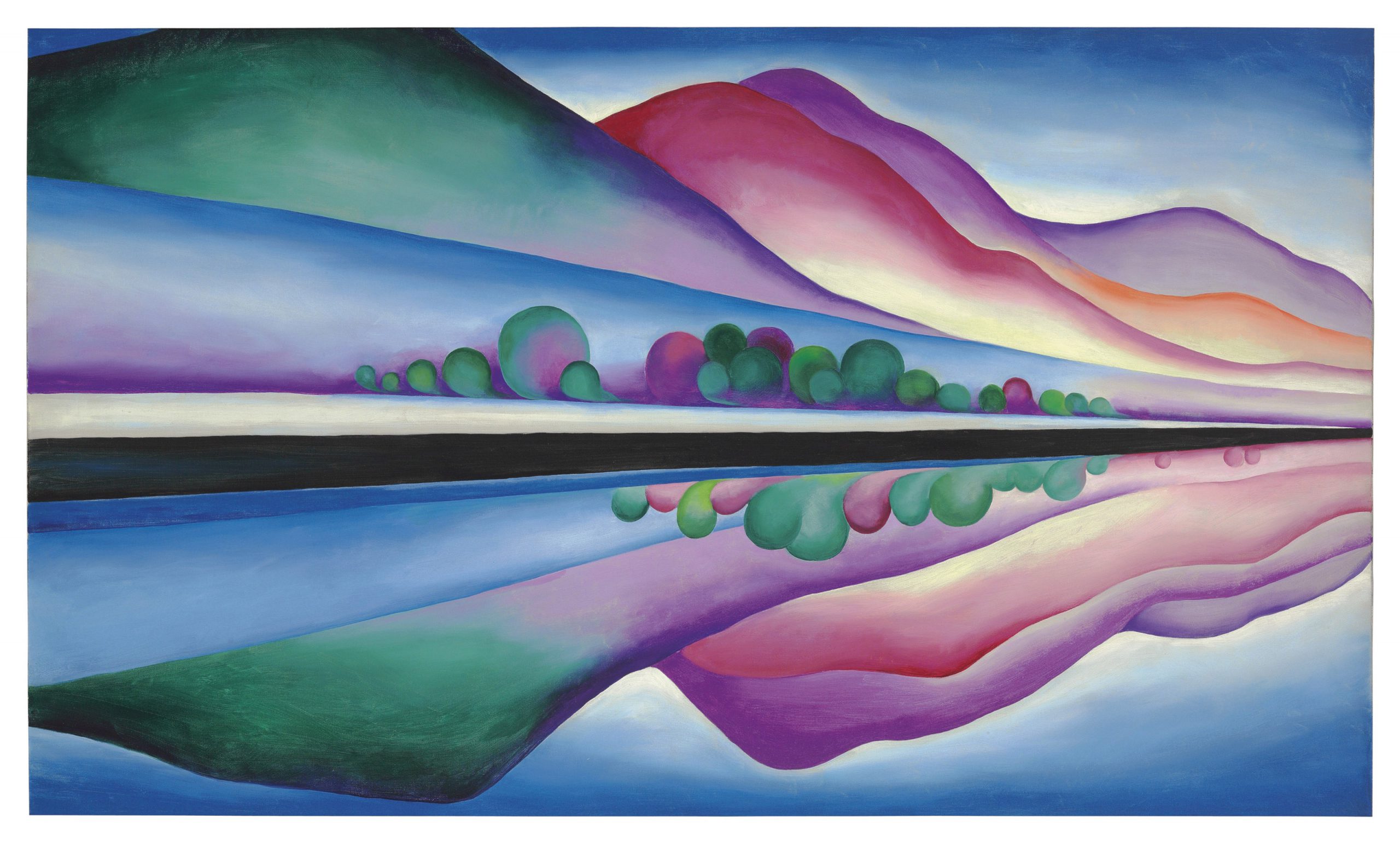
Since ancient times the tools and materials used to create art have impacted the course of art history. While some date back to antiquity and others are more recent, the development of the most important painting and drawing mediums, like oil paint, acrylic, watercolor, and pastel, is far from static. Instead, it reflects the technological breakthroughs and changing contexts, ideologies, techniques, and styles. This article uncovers the story behind the making of some of the most widely used painting and drawing mediums which remain relevant to this day and continue to be redefined by contemporary artists.
Oil Paints: from antiquity to contemporary days

For centuries oil paints were considered a Renaissance invention, however, in 2007, it was discovered that they go back to ancient times when early humans (650 AD) mixed animal fats with earth and stain to form the first oil paints. Regardless if they’ve been around for a long time, it wasn’t until the 15th century when oil painting was refined and gained the distinctive features that we now associate with it. Flemish painter Jan van Eyck, who once was thought to be its inventor, is credited for developing a stable binder that granted oil paint its signature silky texture. Moreover, van Eyck also developed an innovative technique of layering thin glazes of paint that brought unprecedented realism to his works. Over time, oil paints arrived in Italy and elsewhere gaining supremacy as an art material due to the varied effects it allowed artists to create which alternate between exquisite details and rich textures.
Each following generation of artists fine-tuned the medium, roughly composed of a pigment, an oil-based binder, and thinner, and experimented with varied recipes and technical innovations. As explained in this Artsy post, among them can be included Caravaggio's use of chiaroscuro lighting and the layering of impasto brushwork by Rembrandt van Rijn. In 1840, another breakthrough came when American painter John G. Rand invented the portable oil paint tube, forever transforming the once complex process of mixing and handling oil paints, which were kept in pig bladders, into a ready-to-use product. This invention allowed avant-garde artists, such as the Impressionists, to easily paint outdoors and influenced the creation of new forms of mark-making and the easier application of techniques like the “Alla prima” or wet-on-wet technique. As time went by, oil paints have been increasingly revolutionized. For example, they entered the phase of industrial-scale production by the nineteenth century when new and enhanced hues were produced along with synthetic colors such as Zinc White and Ultramarine. Next to this, different types of drying or coating varnishes facilitated shorter drying times and prolonged the lifespan of the artworks.
On the other hand, over the 20th century, artists increasingly blended oil paints with other materials that gave form to experimental artworks. Among them were Neo-Dada artists Jasper Johns and Robert Rauschenberg who incorporated everyday materials into the canvas. Remarkably, recently the resurgence of painting has seen the rebirth of this medium once viewed as the epitome of Classical art with artists like Gerhard Richter using it for his abstract compositions or Kehinde Wiley for his world-famous portraits of black subjects that celebrate the African diaspora.
Acrylics: how an art medium revolutionized painting

While nowadays acrylic paint is everywhere, it is a relatively new material that made its debut in the 1930s when it was developed for industrial use by the German chemical company BASF. However, acrylic wasn’t used as an art medium until the late 1940s and early 1950s when it turned into an attractive alternative to oil paint due to its fast drying, versatility and durability. Additionally, acrylic does not pose the health hazards associated with inhaling fumes from oil paints. Furthermore, acrylic is not a high-maintenance medium as it only requires a few tools to get started, and is easy to clean up and store.
Interestingly, it is believed that some of the first artists to use acrylics were the Mexican Muralists, like David Alfaro Siqueiros, who traveled to the US and introduced his innovative painting methods to artists like Jackson Pollock. At the same time, American Expressionists, like Hellen Frankenthaler, and Color Field artists, such as Morris Louis, were attracted to them. Next to this, as explained in this article by the National Galleries of Scotland, acrylics were favored by Pop artists like Warhol, who incorporated them into his silkscreens, and Lichtenstein, who used them to replicate the appearance of everyday products. Furthermore, other artists like David Hockney were also amongst the first prominent artists to pick up on acrylics, along with Mark Rothko and Bridget Riley.
It is important to note that the acrylics used in the 1950s and 1960s are not the same as the ones available today. As acrylics are made with plastic their quality has been refined resulting from the development of the plastic industry. For instance, as this Artsy article states, they now boast bright, saturated hues in opposition to their past chalky or matte appearance. Without a doubt, these days acrylics are widely used and available in all sorts of colors and presentations ranging from kids’ paint to high-tech variants which frequently form part of mixed-media compositions.
Pastels: on the borderline between painting and drawing

Pastels have been around since the 16th century when they were first created in Northern Italy. For centuries they were used as preparatory studies for paintings and only afterward were considered as an independent art medium that resides on the borderline between painting and drawing. As is the case of the other materials explored here, the medium has seen many changes, mainly related to the number of hues available which for some time were only red, black, and white, and have evolved into thousands of color variations. At the same time, the modifications relate to the non greasy binder used to integrate the powdered pigments and pulverized inert white filler (such as ground calcium carbonate or kaolin) that is used to bring pastels to life which for years was gum tragacanth and, from the mid-20th century on, methylcellulose. Furthermore, as referred to in this MET article, over time, pastels have been packed in varied formats including loose powdered pastels, oil pastels, pastel pencils, and varied types of textured paper have been developed specifically to hold this opaque medium. However, during all this time the most widely used presentation of pastels has remained the color stick.
When it comes to the most notable and later secular scene artists who have utilized this medium, there is no question that Leonardo da Vinci played a pivotal role in elevating its prominence during the Renaissance. Furthermore, it experienced a resurgence in the eighteenth century, particularly in the realm of portraiture, with artists such as Jean-Baptiste Chardin and François Boucher embracing its potential. After a brief decline, pastel resurfaced once again in the late nineteenth century thanks mainly to French Impressionists like Edgar Degas, who is viewed by some as the artist who turned pastel from a drawing tool into a core artistic art medium, and other artists like Auguste Renoir or Odilon Redon also experimented extensively with it. While nowadays pastels are not the most popular material, some contemporary artists still use them. Such is the case of Zaria Forman who uses them to construct landscape views of glaciers that document climate change, or Nicolas Party (pictured at the top of the screen) who often uses pastels to depict vibrant landscapes, portraits and still lifes of everyday objects.
Watercolors: the ever-lasting appeal of a portable medium

Watercolors have a centuries-long history that spreads to different regions of the world. Their origins in the West date back to the Middle Ages when they were used to adorn manuscripts or depict religious and afterward secular scenes. Regardless of this illustrious past, as this MET essay explains, the modern version of the medium can be defined as a pigment dissolved in water and bound by a colloid agent that has a transparent quality and is often applied next to gouache, an opaque water-based paint containing a white element derived from chalk, lead, or zinc oxide. Initially, artists mixed their own watercolors from natural pigments or bought pigments in a liquid form. However, they became available as hard cakes of soluble watercolor in 1780 and later on were sold as moist watercolors in porcelain pans. Starting in 1846, moist watercolors were introduced in metal tubes following the example of tube oil paints referred to above. From there on, varied innovations related to the types of paper especially suited to hold this medium and to the quality of the pigments enhanced the potential of the watercolor and its accompanying gouache.
While historically watercolors have had a strong presence on a global scale, certainly Britain has one of the most relevant traditions related to the development of this medium, particularly during the period extending from the mid-eighteenth to the mid-nineteenth century, known as the Golden Age of watercolor. The expressive watercolor landscape views of artists like J.M.W Turner or John Constable, who elevated the status of this medium, are the staples of this period. Over time, the development of watercolor continued with the work of European artists like Emil Nolde (1867-1956) and Egon Schiele (1890-1918), next to American painters such as Winslow Homer (1836-1910), Maurice Prendergast (1859-1924) and John Marin (1870-1953). More recently, watercolors were also favored by artists like Georgia O’Keeffe, Francesco Clemente, Gerhard Richter, Eric Fischl, and Anselm Kiefer, who, as explained in this Widewalls article, experimented extensively with their expressive and material qualities.
Remarkably, over time these apparently disparate mediums have been adapted and transformed into original art expressions that escape all labels. All of this contributes to the ongoing redefinition of painting and art as a whole. However, as with anything else in life, it is always important to know where things come from.